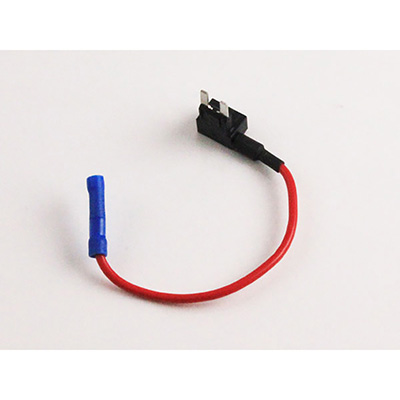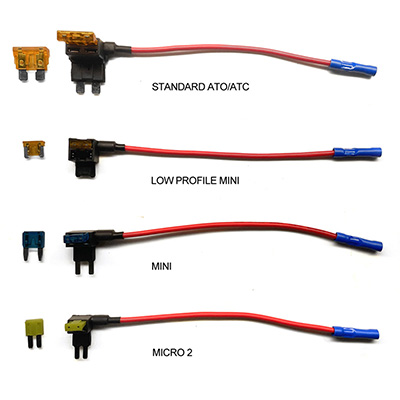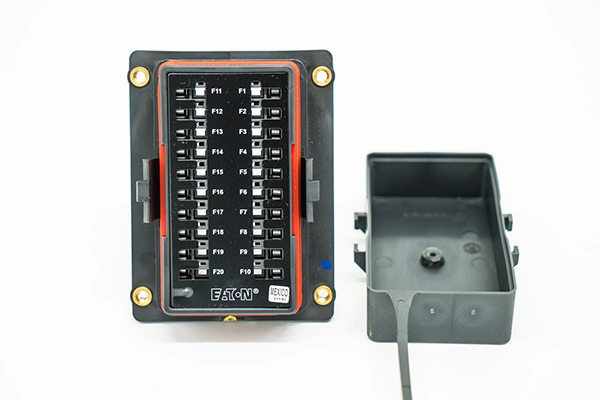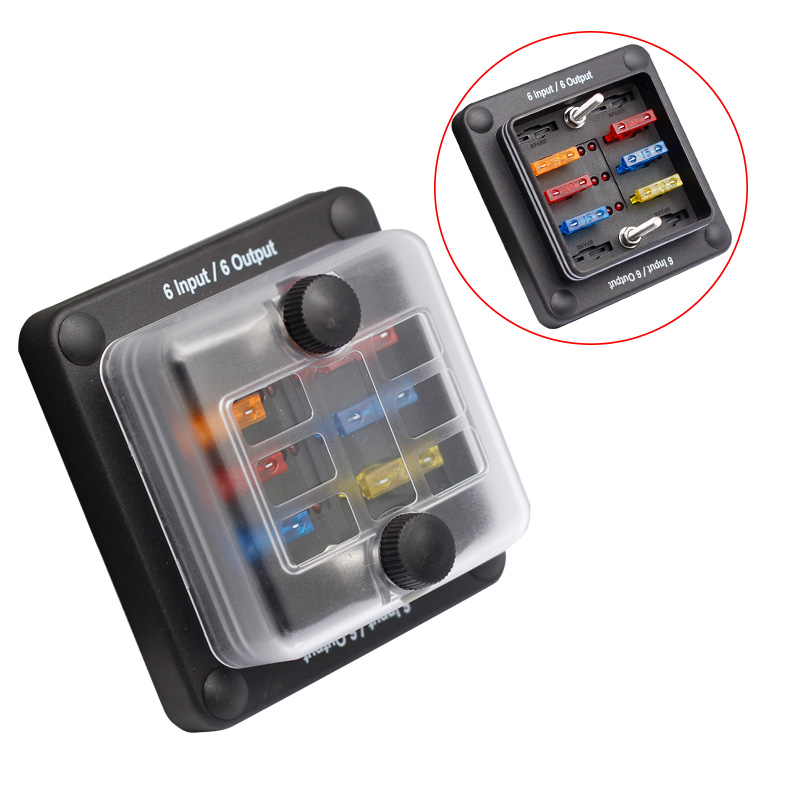Optimizing Delivery Vans and Commercial Vehicles with Advanced Fuse Tap Solutions
News 2025-10-20
Fuse taps are critical for upgrading electrical systems in delivery vans and commercial vehicles, providing a reliable way to add auxiliary circuits. These components allow for the integration of modern features like telematics and lighting without altering original wiring, ensuring safety and efficiency in demanding operational environments. As fleets expand, fuse taps help maintain performance while supporting cost-effective modifications.

Key Applications in Vehicle Upgrades
Fuse taps find extensive use in delivery vans for adding GPS tracking systems, which optimize route planning and reduce fuel consumption. In commercial vehicles, they support the installation of advanced lighting or communication devices, enhancing visibility and safety during long hauls. This adaptability makes fuse taps ideal for industries like logistics and transportation, where quick upgrades can significantly improve operational workflows.
Performance and Reliability Benefits
Fuse taps offer superior protection against electrical overloads, minimizing downtime in commercial operations. Their compact design ensures seamless integration, preserving the vehicle’s original electrical integrity. By reducing the need for complex rewiring, these components enhance durability and longevity, making them a preferred choice for fleet managers seeking efficient, low-maintenance solutions.
Frequently Asked Questions
1、What is a fuse tap used for in commercial vehicles?
A fuse tap adds extra circuits for accessories like cameras or sensors, improving functionality without risking electrical failures.
2、How do fuse taps enhance vehicle safety?
They provide dedicated fuse protection for added components, preventing shorts that could cause fires or system malfunctions.
3、Can fuse taps be installed by non-professionals?
Yes, many fuse taps are user-friendly and can be fitted quickly with basic tools, saving time and reducing installation costs.


